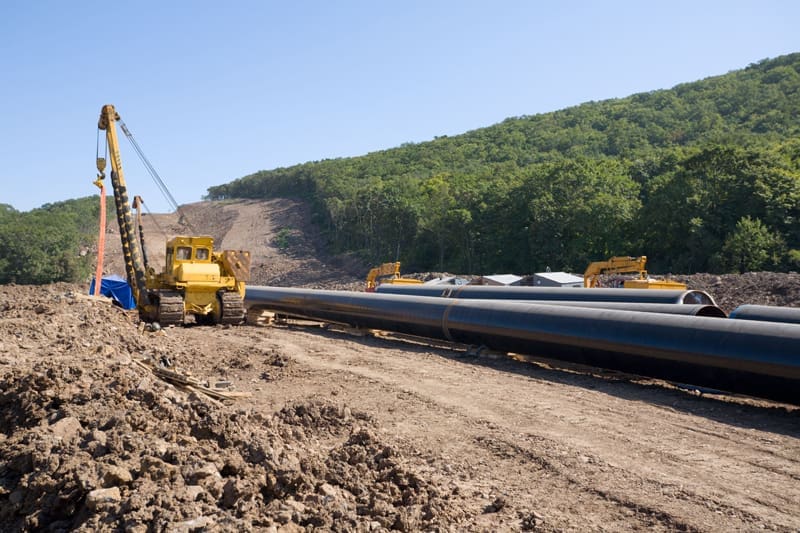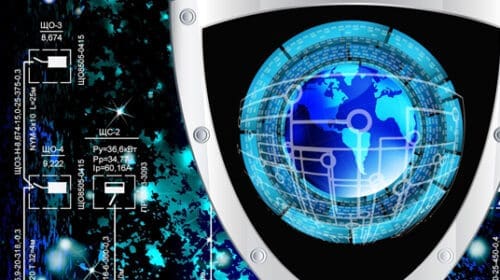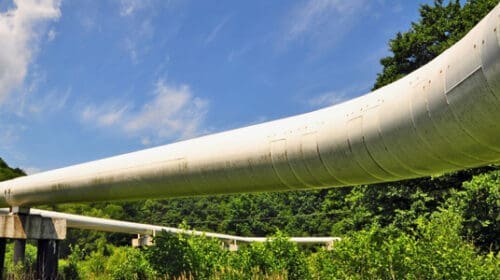Innovation is the next area of discussion to correlate sociotechnical systems and work approaches through arduous implementation of organizational innovation while maintaining high security.
The evolution of sociotechnical systems begins with the portfolio and will aid management to develop several organizational options to help transfer technologies applications into organizational right-of-way. The significance in alignment of organizational energy is needed to create barriers to avoid duplication. Innovation in various stages of implementation requires an urbane understanding of Rogers’ diffusion of innovation (DOI), although Rogers has a collection of at least five editions since 1962.
The latest edition in 2003 highlights early adopters of innovation in four elements: innovation itself, communication channels, social system, and time. Combining Rogers’ DOI theory to branch broadband technology develops the infrastructure in the global sector. Various types of organizations, past, present, and future, classify innovation elements as an adaption of operationalization in the organization.
In sociotechnical systems, Rogers’ DOI informs both people and the organization’s environment innovation adaptors in diffusion stages. The audacious approach to connect innovation adopters consisting of the individual’s characteristics and behaviors determines organizational weakness.
A combination of technology systems explained the premise of sociotechnical systems in three organizational perspectives. First perspective discussed how past management styles evolved to support and encourage a sociotechnical system. Organizations consisting of various management styles acquiescingly create an opportunity to emerge a winner during corporate deregulation.
Corporate deregulation creates an organizational environment in which management leads meetings with questions not answers. Three management styles – solution seeker, incompatible, and controller style – have been found to have a significant relationship between personal traits, neuroticism, extroversion, openness, agreement, and conscientiousness.
The correlation between each of the personality traits and management styles affects organizational growth and technology system adaption. The torpor technology adaption opens the door to communication and technology barriers.
The second perspective explained how Rogers’ DOI informed the implementation of sociotechnical systems and organizational weakness. Last, each management style addressed a historical approach intertwined with modern-day management styles.
Maintaining high security and pipeline peace of mind requires a combination of assorted technology systems to maintain control during pipeline initiation, installation, and operation. Sociotechnical systems influences organizational results through first developing tacit knowledge on underlying factors that assorted sociotechnical relationships offer an organization.
The continuity of pipeline security depends on technology systems to sustain an effective environment, and the decline in pipeline incidents is the focus to connect with each pipeline task while connecting innovation adopters. Align each organizational perspective, maintain control, and sustain focus to connect innovation to maintain high security and pipeline peace of mind.
Photo by Stanislav Komogorov
Mike Thomas is a Doctor of Management candidate at The University of Phoenix in Organizational Leadership with over 16 years of pipelining experience. He is currently a pipeline inspector in the northeast region of Oklahoma. His expertise encompasses pipeline safety, integrity, and inspection for assorted pipeline clients.









